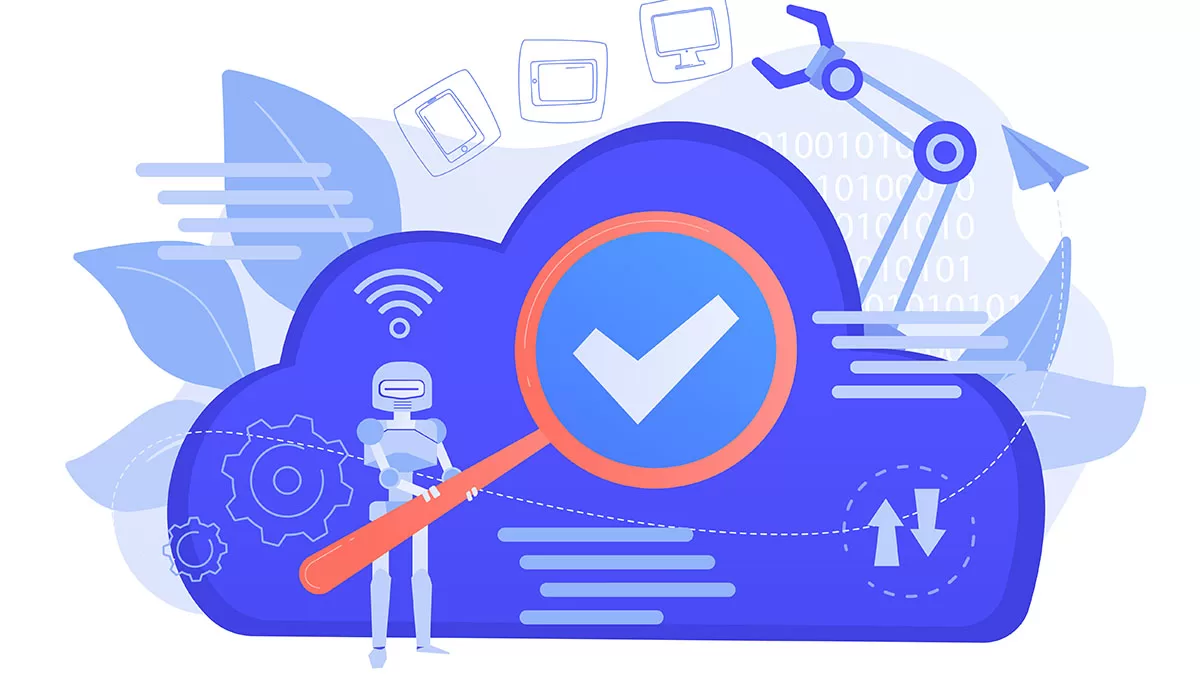Image by vectorjuice on Freepik
In today’s data-driven world, businesses are constantly seeking ways to extract meaningful insights from their vast datasets. While traditional AI can identify patterns and make predictions, it often falls short when it comes to explaining the “why” behind the data. This is where reasoning AI comes in, offering a new level of understanding by enabling machines to perform logical inference. Imagine being able to not only see that sales are declining, but also understand the precise reasons behind it, such as shifting customer sentiment or supply chain disruptions. In this article, we’ll explore how integrating reasoning AI with Power BI and Azure Machine Learning can empower businesses to unlock these deeper insights and make more informed decisions.
The Power of Reasoning AI: Beyond Simple Pattern Recognition
Traditional AI relies heavily on pattern recognition, essentially spotting trends in data. However, reasoning AI goes a step further by mimicking human reasoning. It can break down complex problems, integrate external knowledge, and draw logical conclusions. This allows businesses to move beyond simple correlations and understand the causal relationships that drive their operations. For instance, instead of just predicting customer churn, a reasoning AI model can pinpoint the specific factors contributing to it, such as changes in customer service or product updates.
Integrating Reasoning Models with Azure Machine Learning
Azure Machine Learning provides a robust platform for building, deploying, and managing reasoning models. By deploying your model as a web service within Azure Machine Learning, you create an API that can be easily accessed by other applications, including Power BI. This allows you to leverage the power of cloud computing to handle the computational demands of reasoning AI.
Connecting Reasoning AI to Power BI for Actionable Insights
Power BI, Microsoft’s powerful business intelligence tool, can be seamlessly integrated with reasoning AI through custom connectors and APIs. Here’s how it works:
- Data Exchange: Power BI sends relevant data to the reasoning model’s API hosted on Azure Machine Learning.
- Reasoning and Response: The reasoning model processes the data and returns the reasoned insights in a structured format, such as JSON.
- Data Integration: Power BI imports this data, allowing you to visualize and analyze the reasoned insights alongside your existing data.
Example Scenario: Enhancing Customer Insights
Consider a retail company that wants to understand the “why” behind fluctuations in product sales. They deploy a reasoning model on Azure Machine Learning that analyzes sales data, customer reviews, and market trends. The model’s API returns explanations for sales changes, such as “Sales declined in region X due to negative customer sentiment regarding product Y.”
They can then connect Power BI to this API. By integrating this with Power BI dashboards, they can not only visualize sales trends but also see the explanations provided by the reasoning model. This allows analysts to:
- See precisely why sales fluctuated.
- Understand the relationships between customer feedback and sales performance.
- Make targeted product improvements or customer service adjustments.
Leveraging Azure for Seamless Integration
Azure provides a comprehensive ecosystem that simplifies the integration of reasoning AI with Power BI. For example:
- Azure Functions or Logic Apps: Can act as intermediaries between your reasoning model’s API and Power BI, automating data flow.
- Azure Synapse Analytics: When used with Power BI, allows for complex data transformations and the ability to use Machine Learning models that are stored within the Azure Synapse environment.
Visualizing Reasoning with Power BI
To further enhance the user experience, you can create custom Power BI visuals that are specifically designed to display the output of reasoning models. For example, you could develop a visual that shows a “chain-of-thought” diagram, illustrating the steps the model took to reach a conclusion.
The Business Advantage
By integrating reasoning AI with Power BI and Azure Machine Learning, businesses can:
- Gain deeper, more actionable insights.
- Improve decision-making by understanding the “why” behind the data.
- Automate complex data analysis tasks.
- Enhance customer understanding and personalize experiences.
